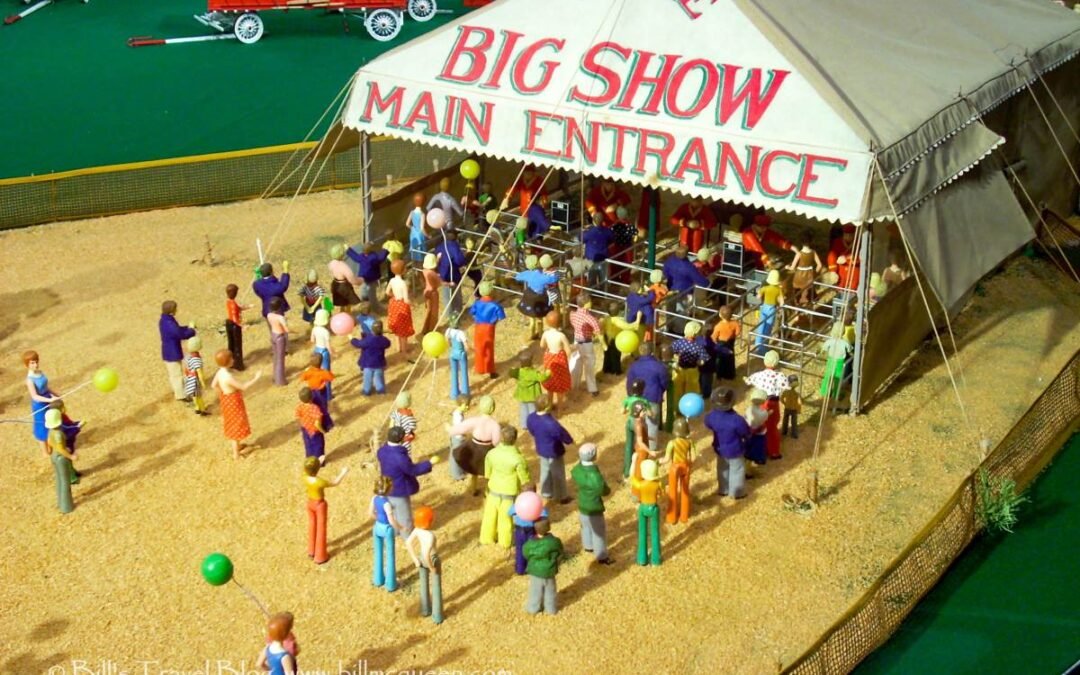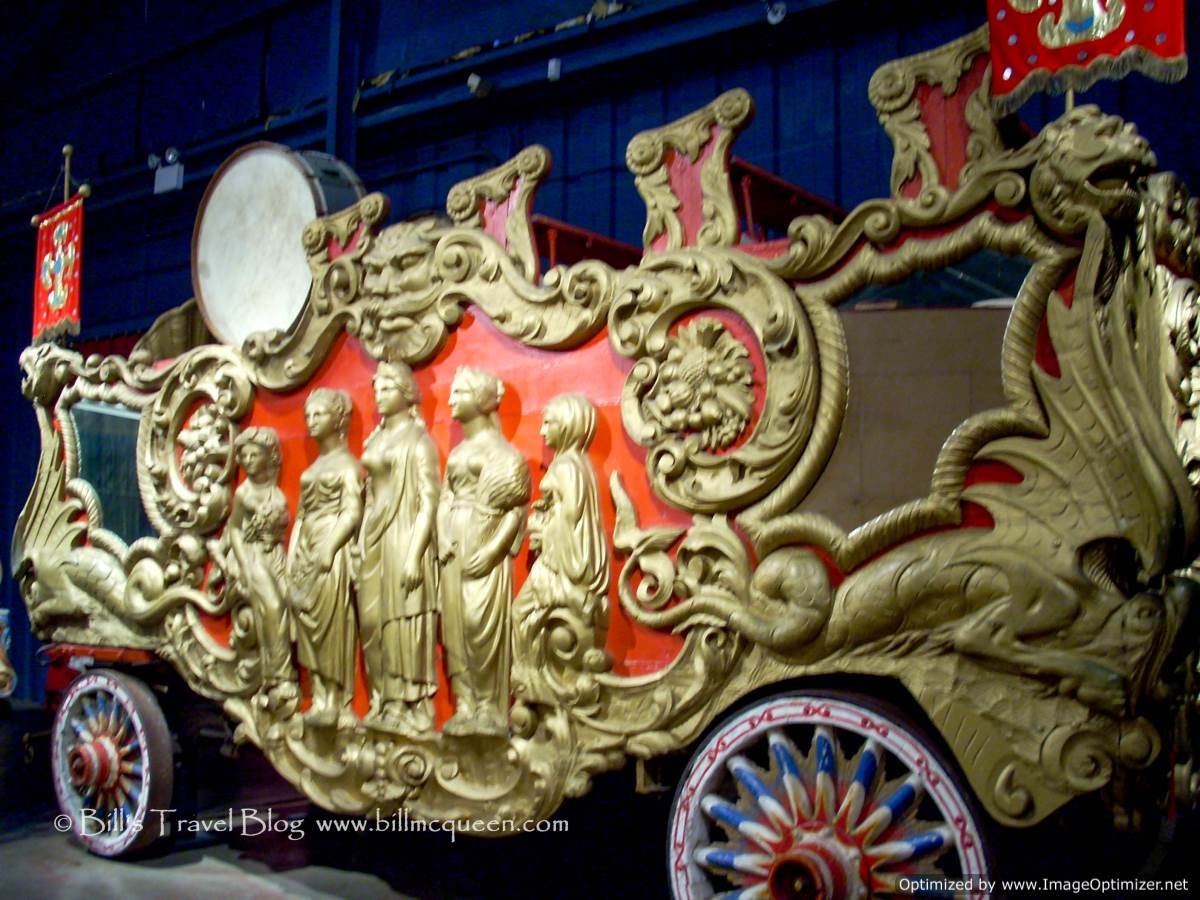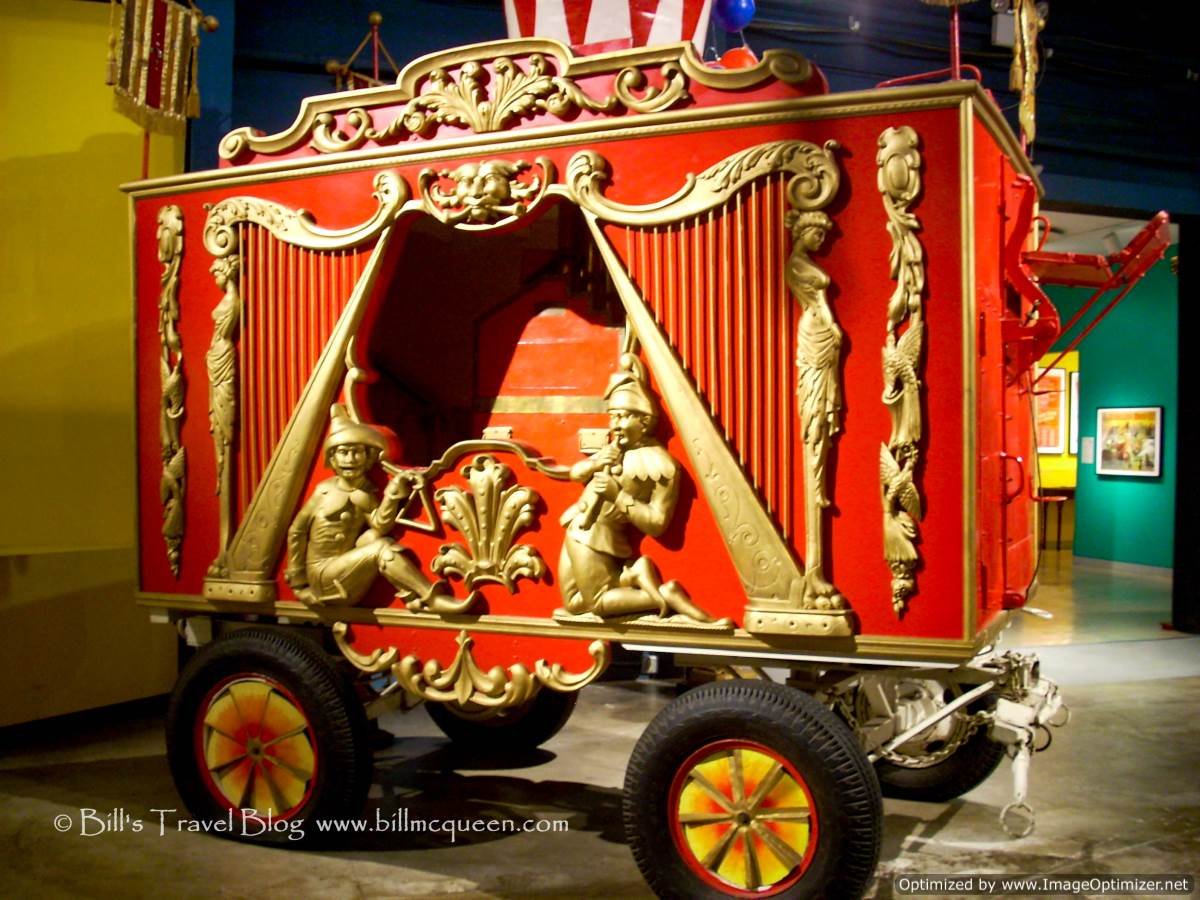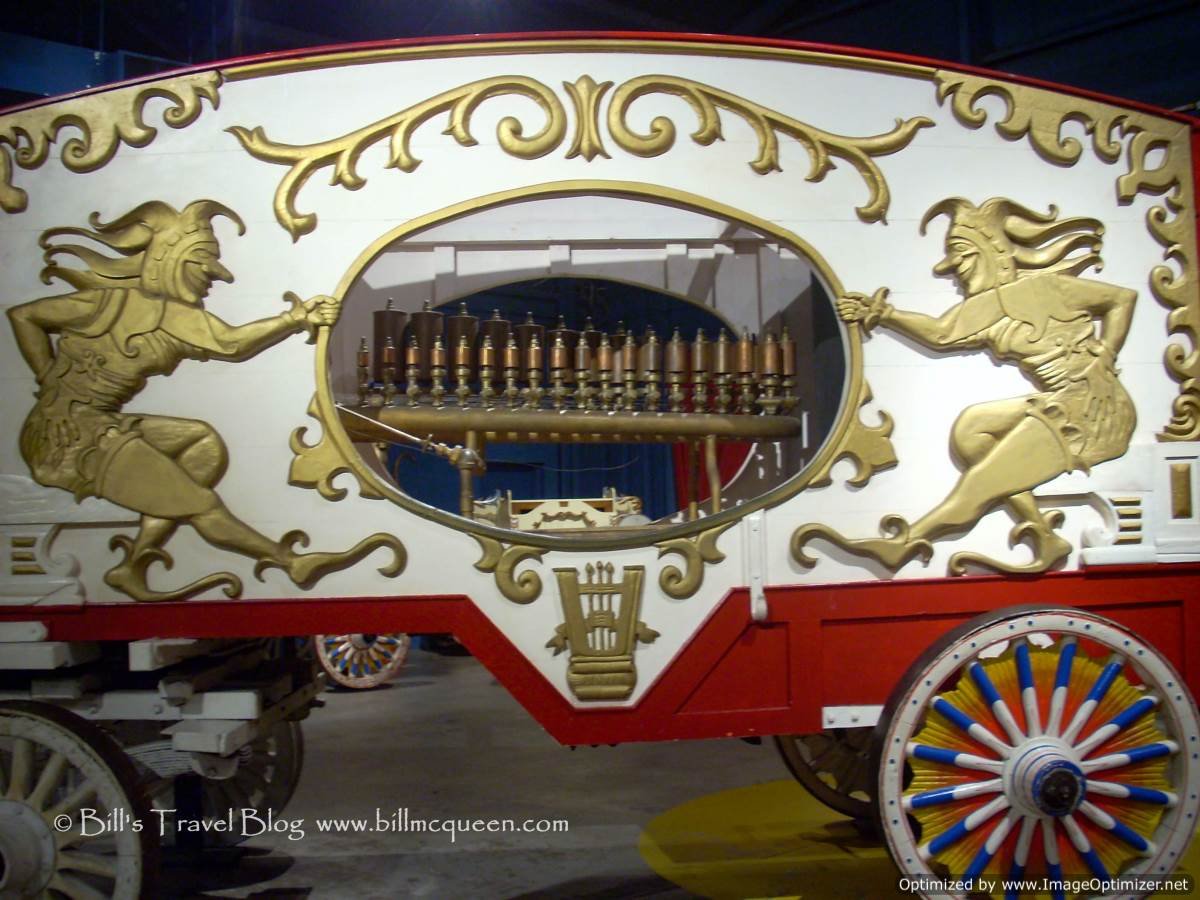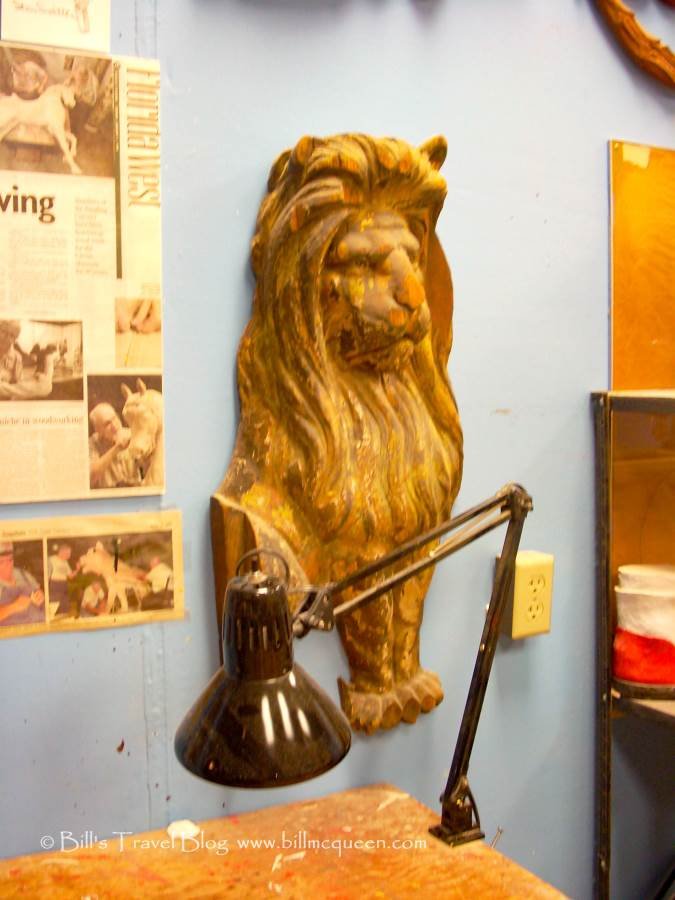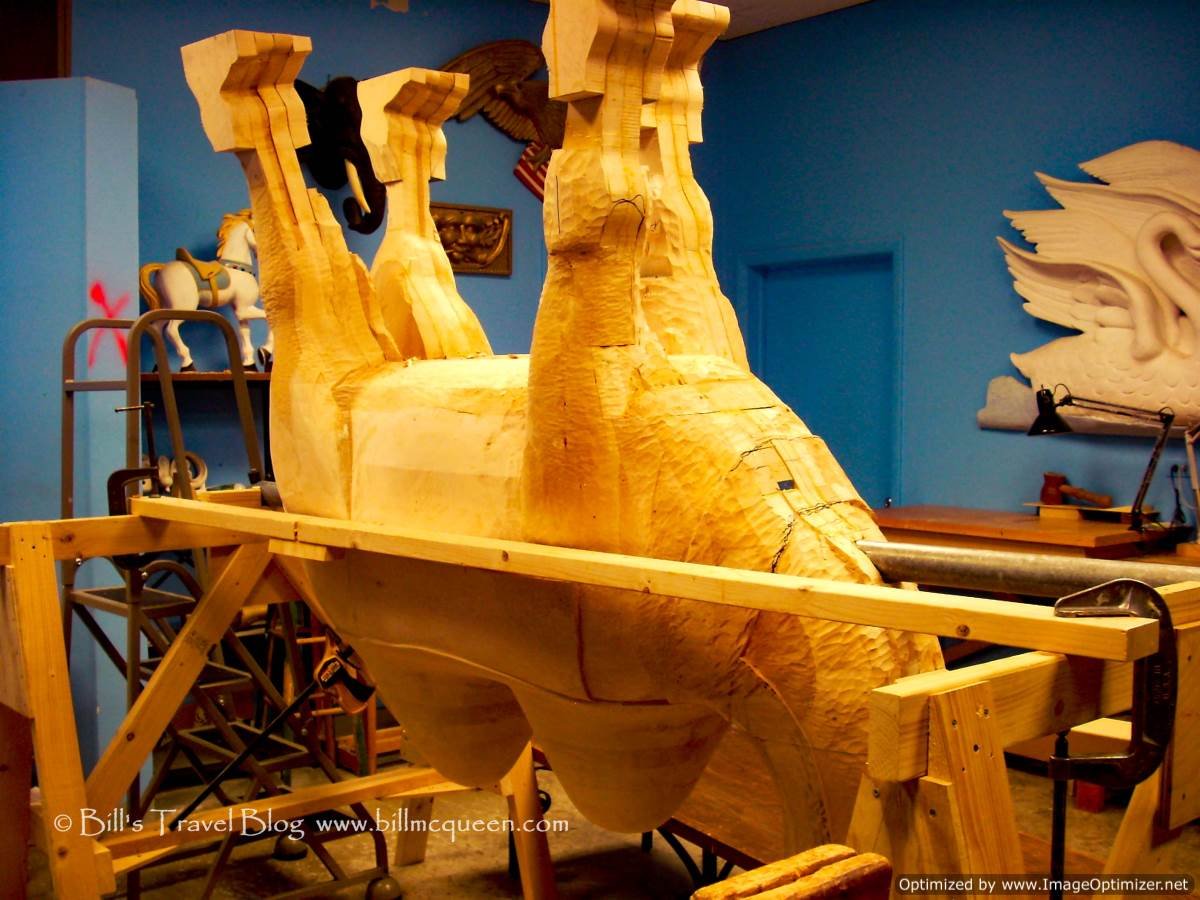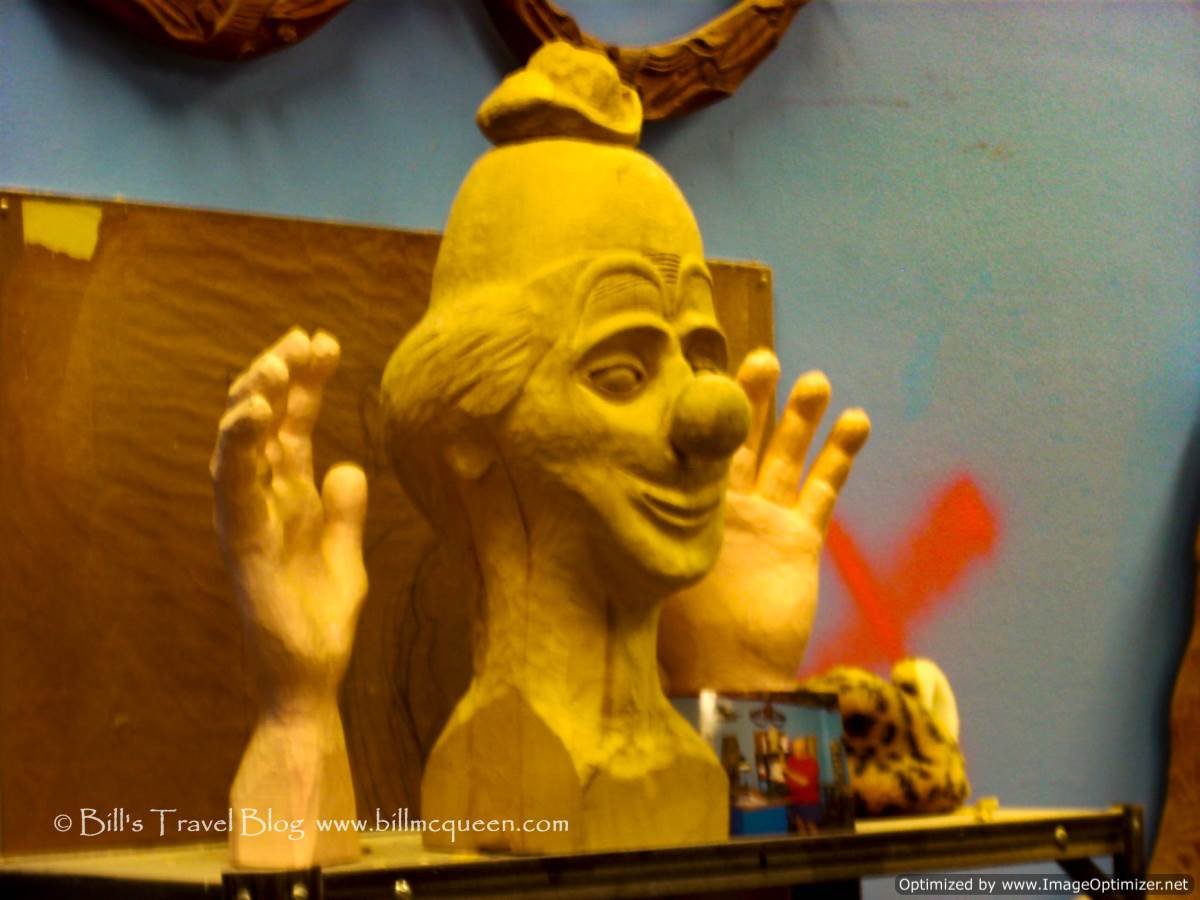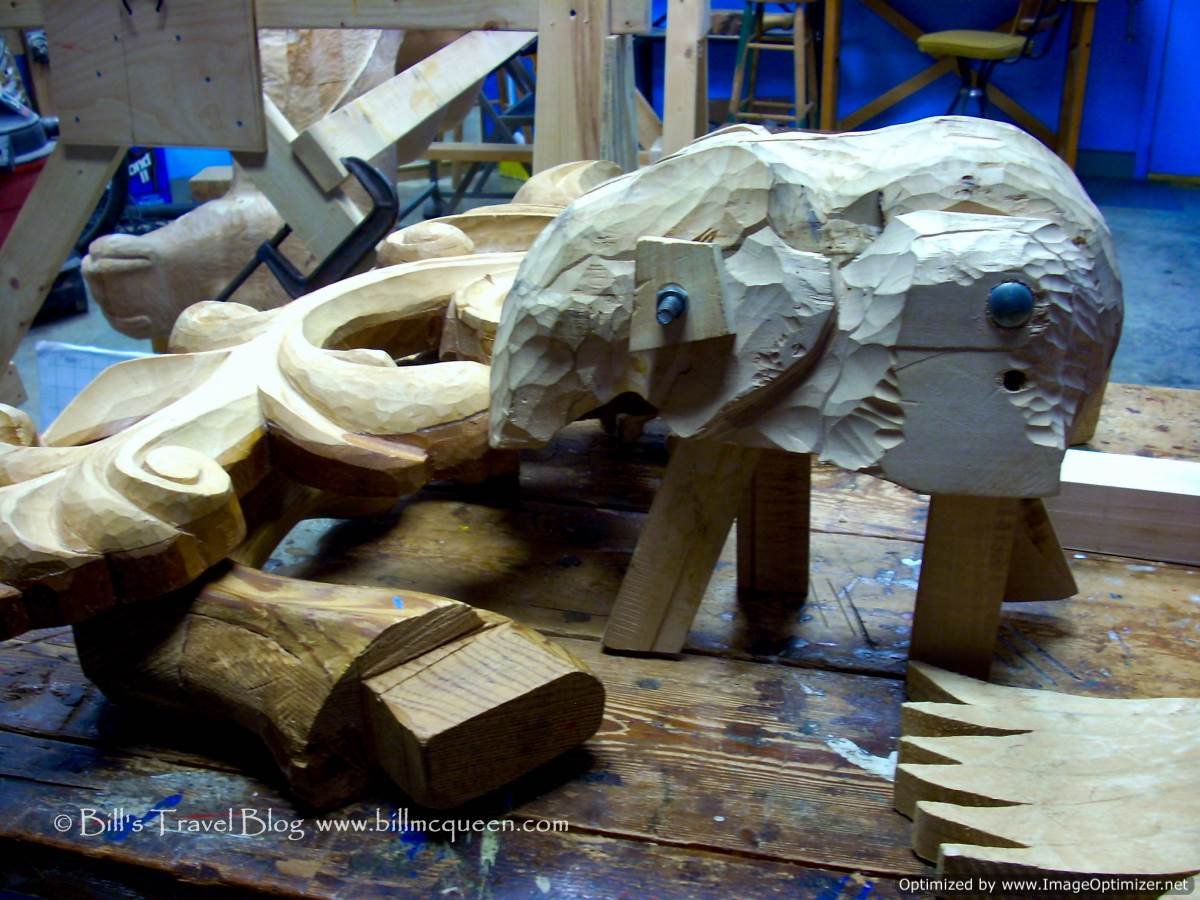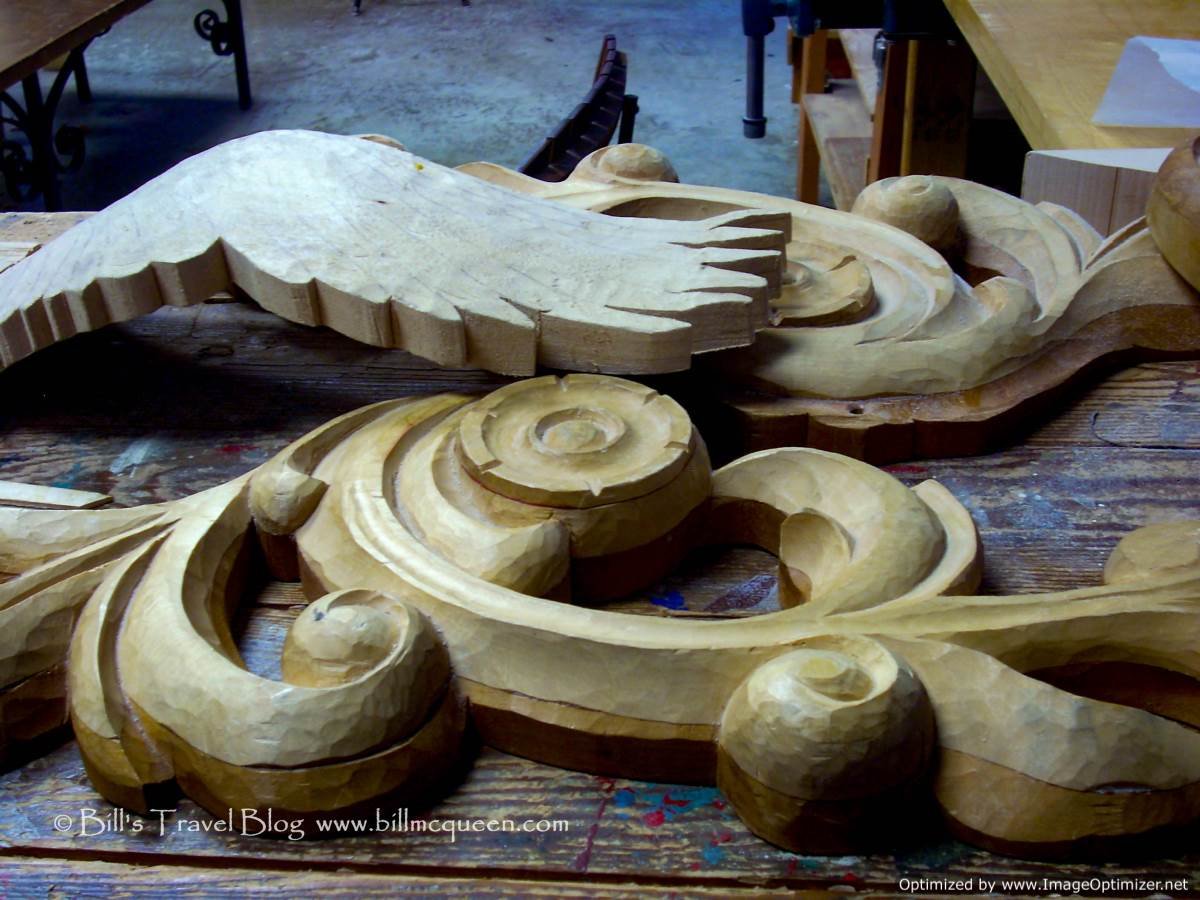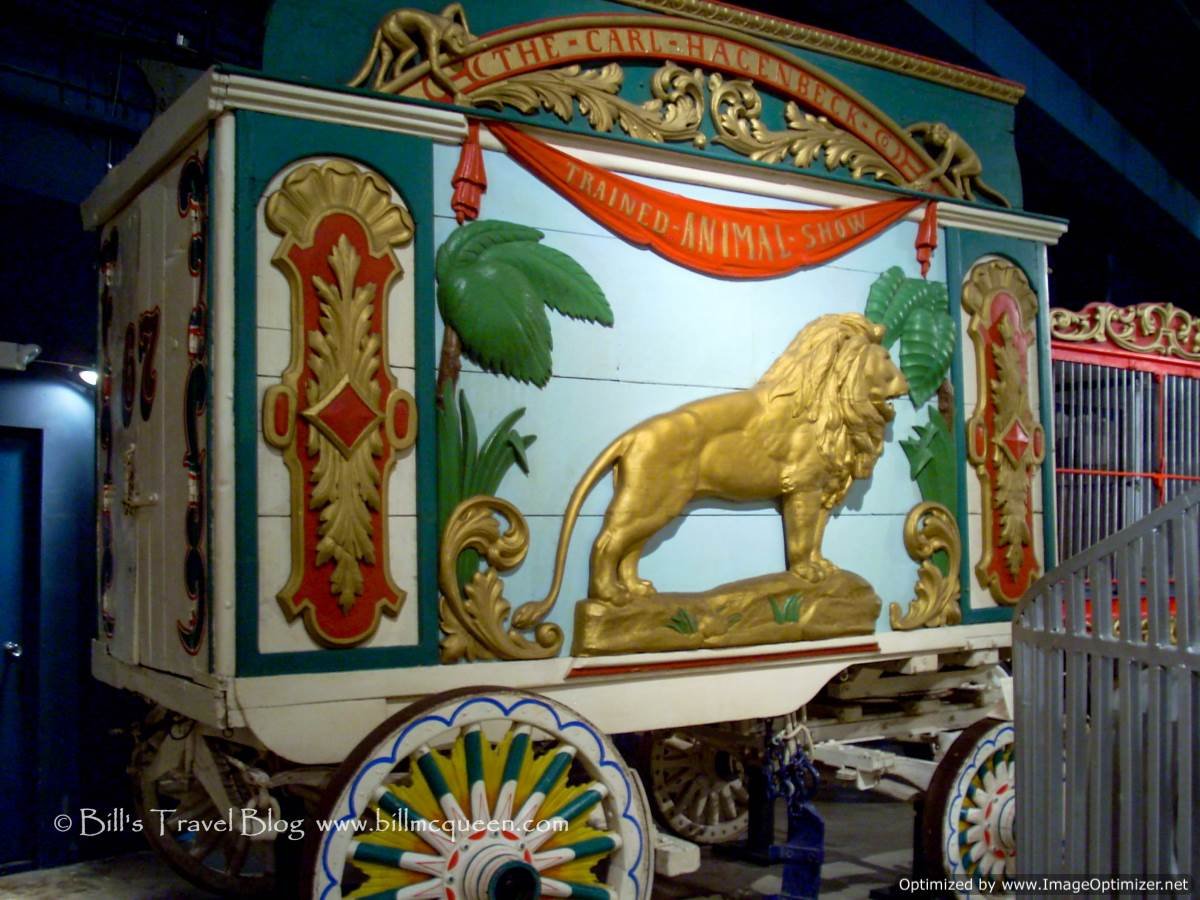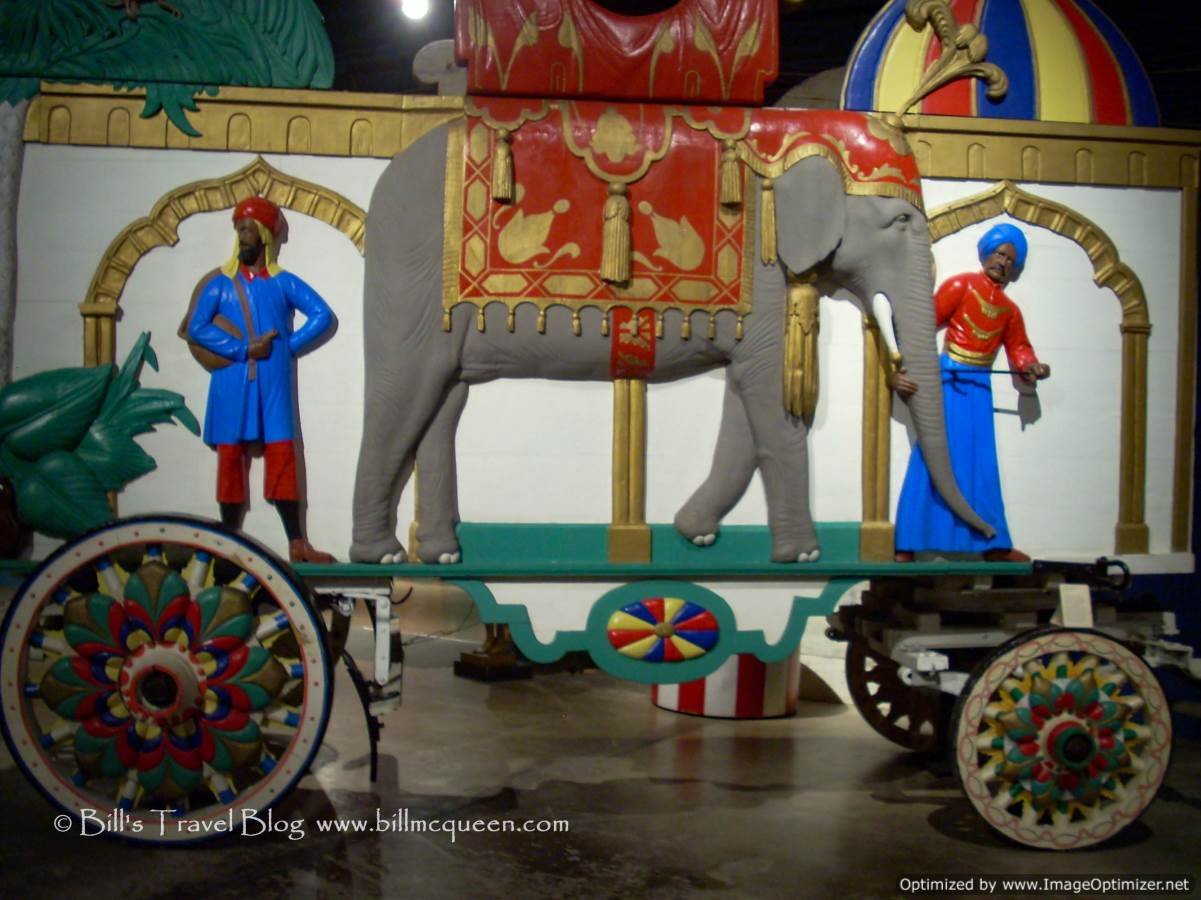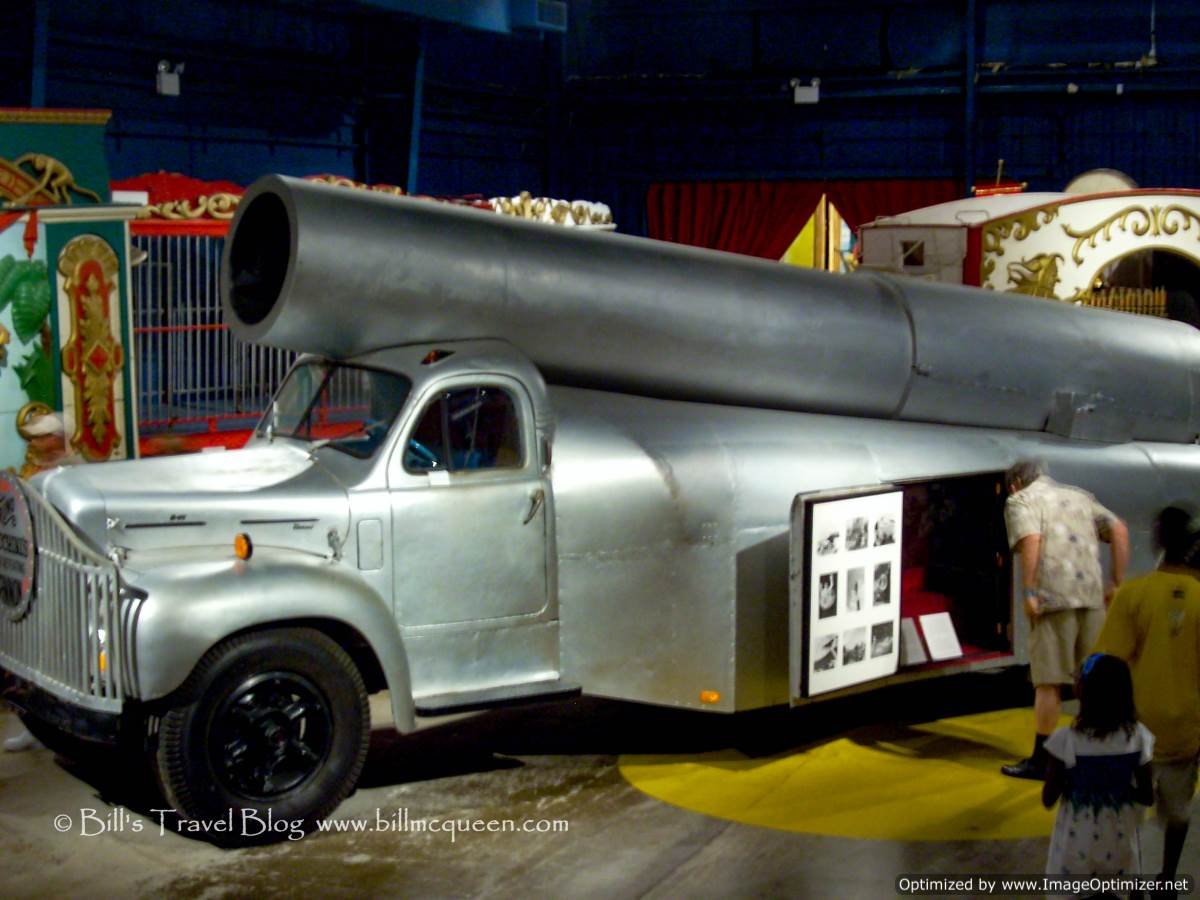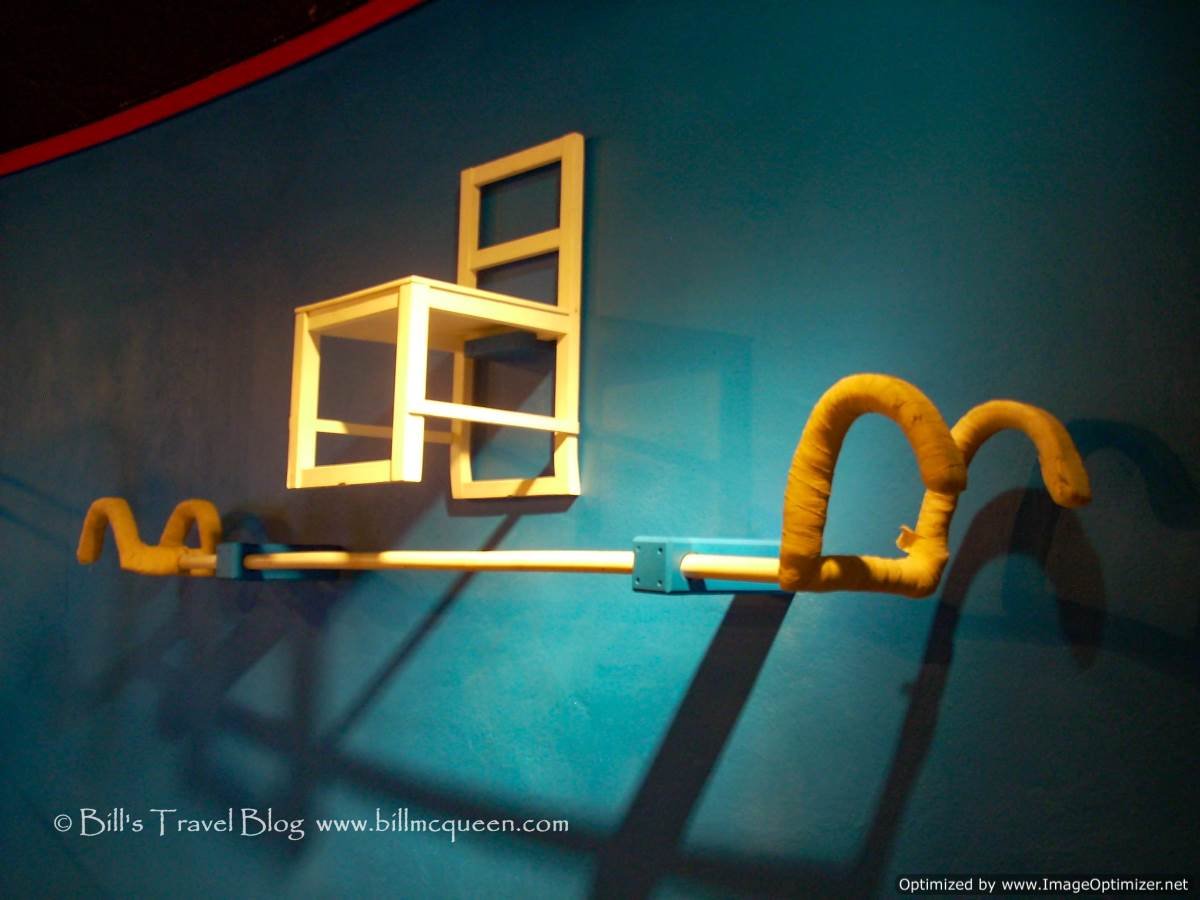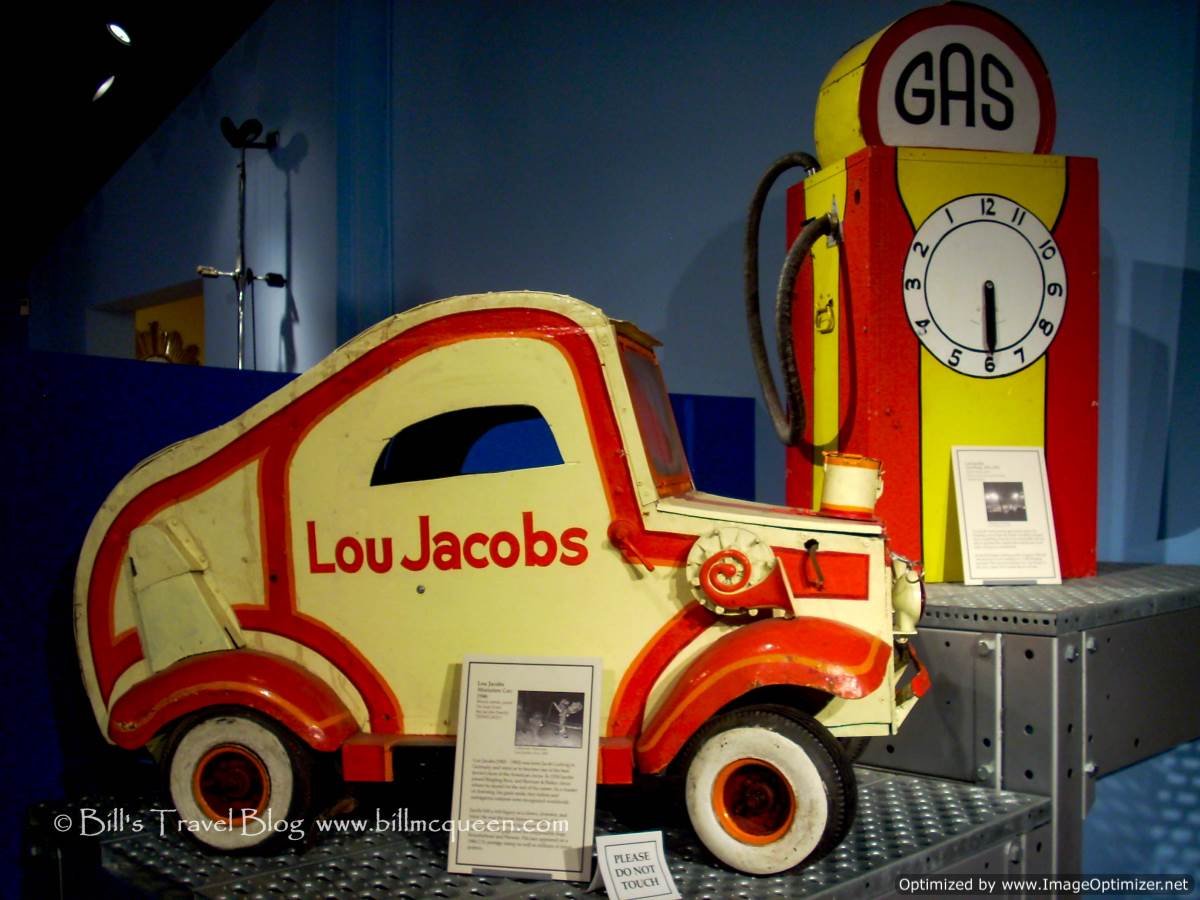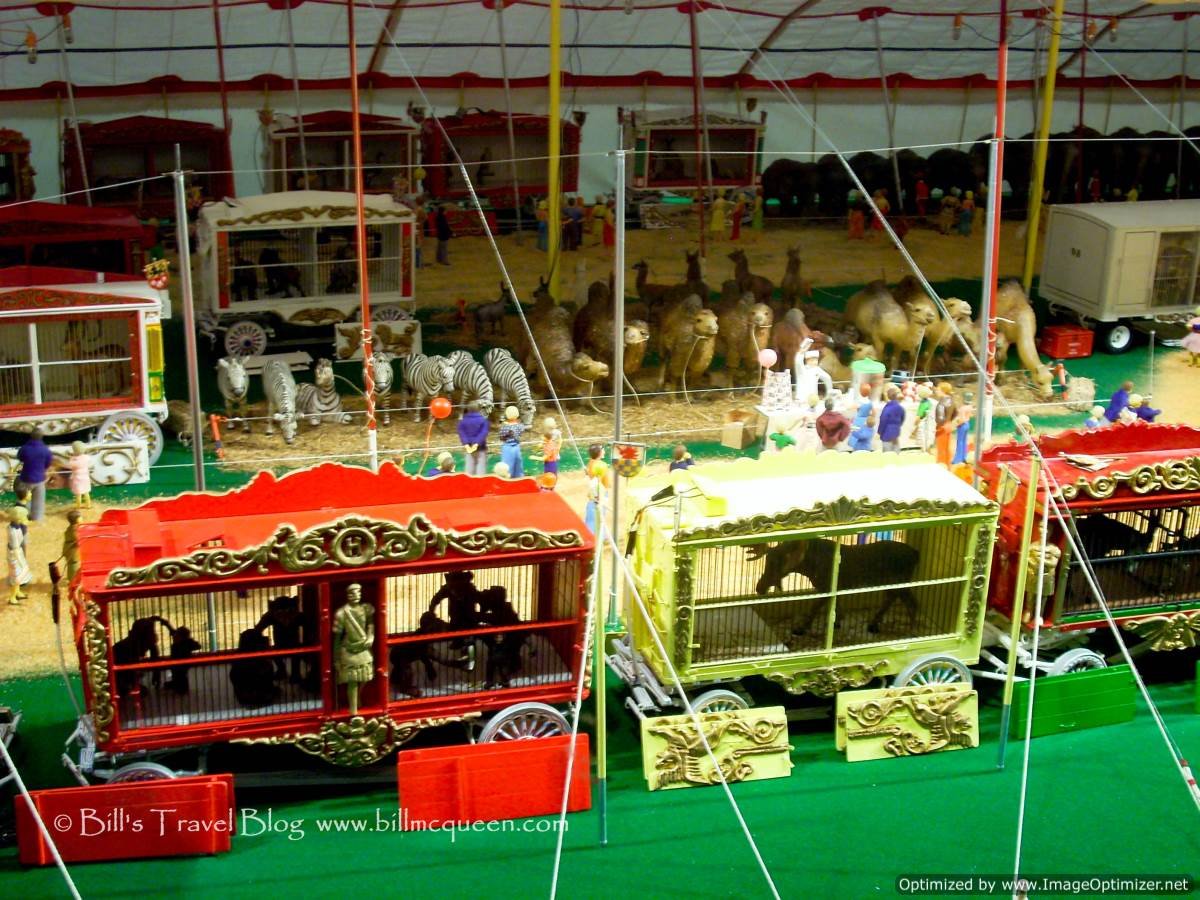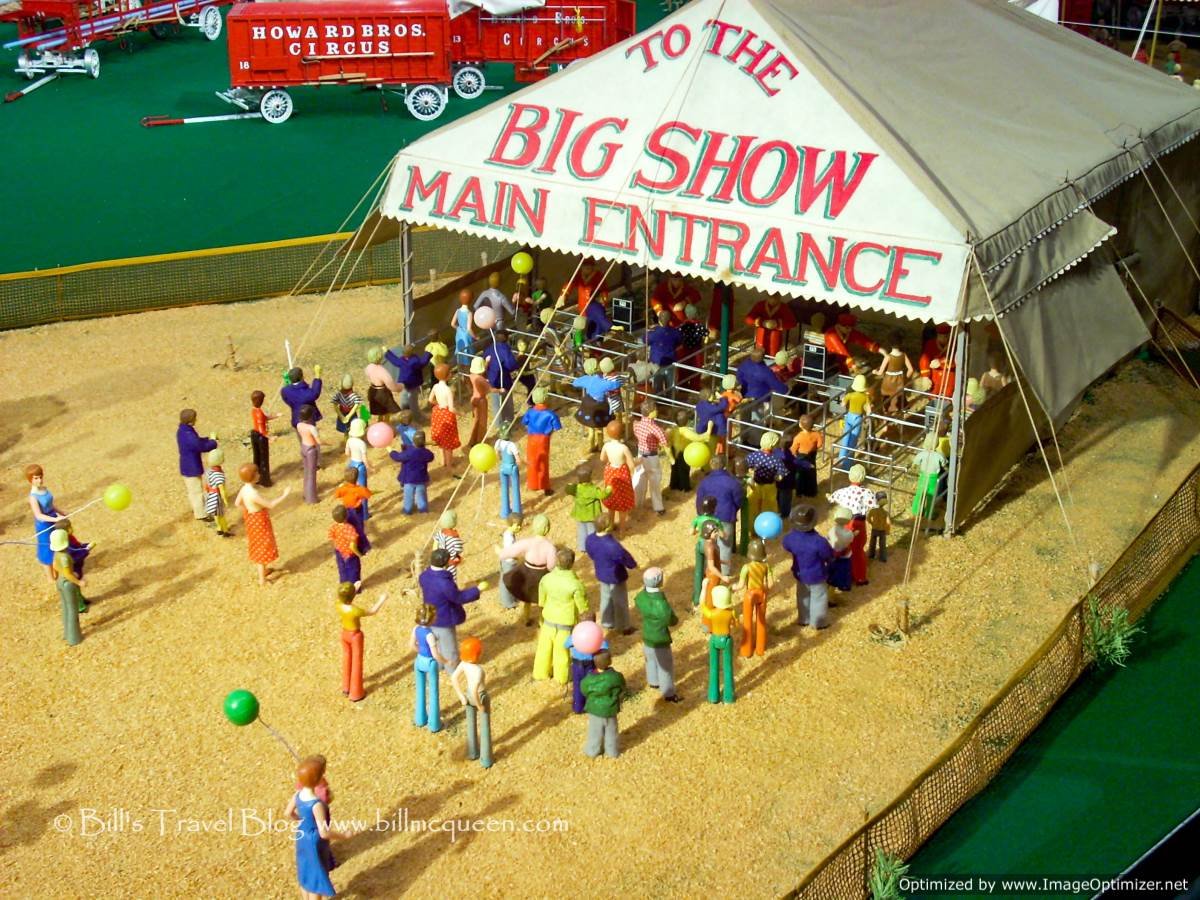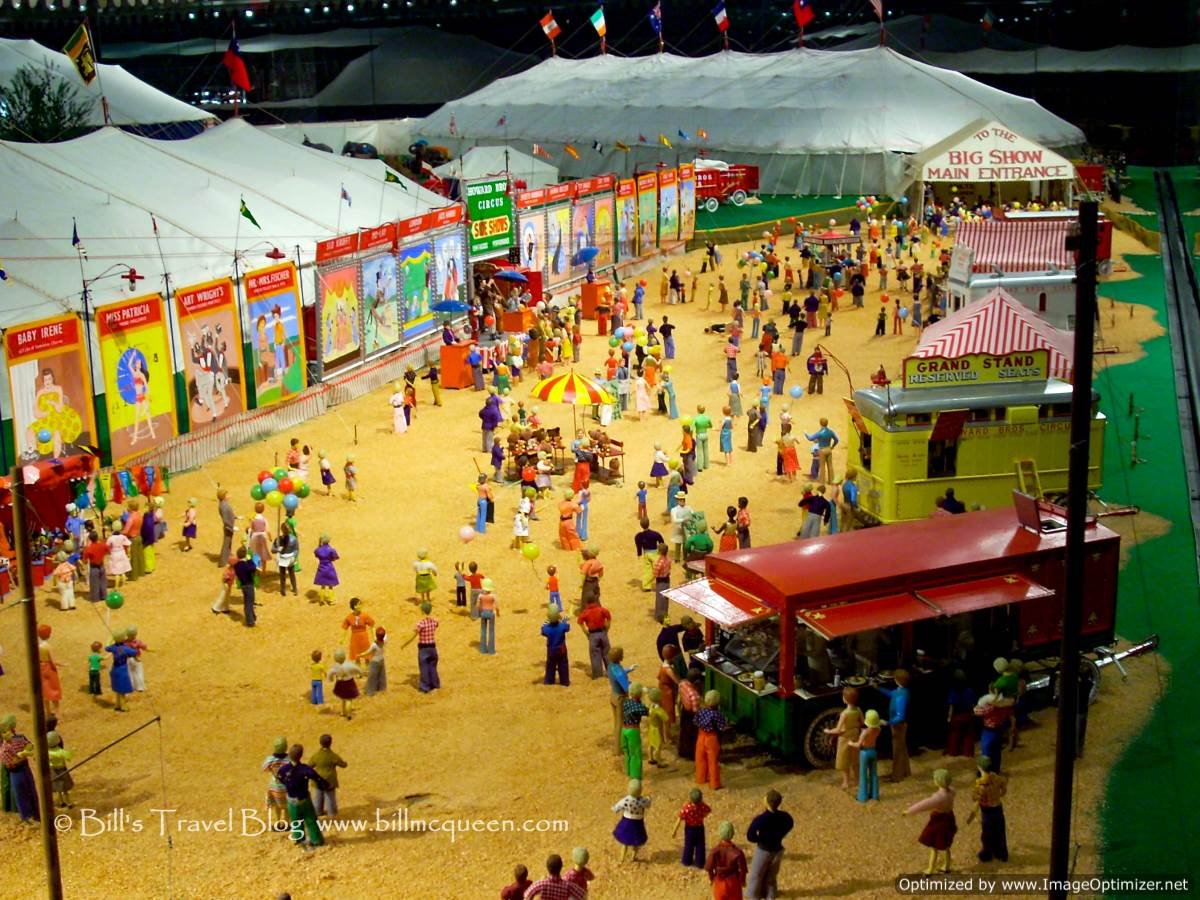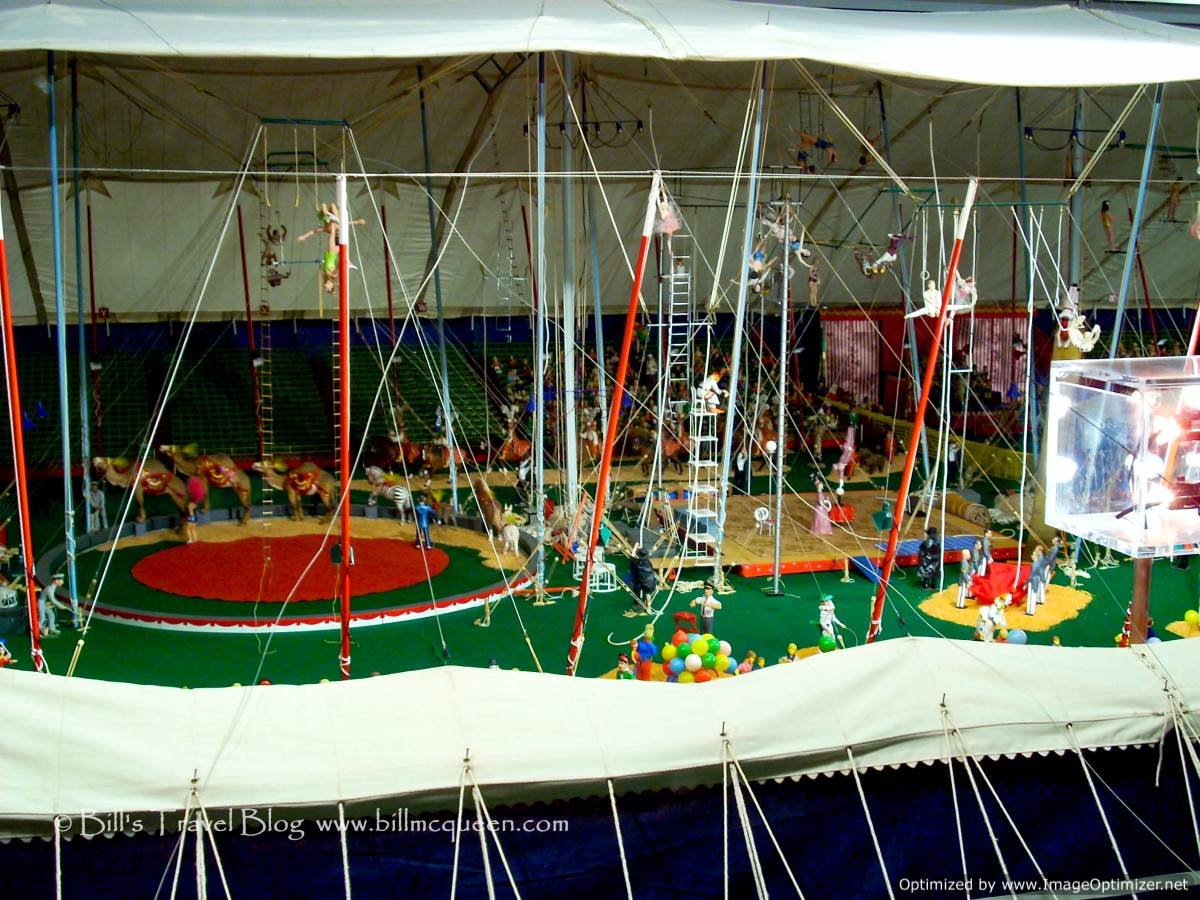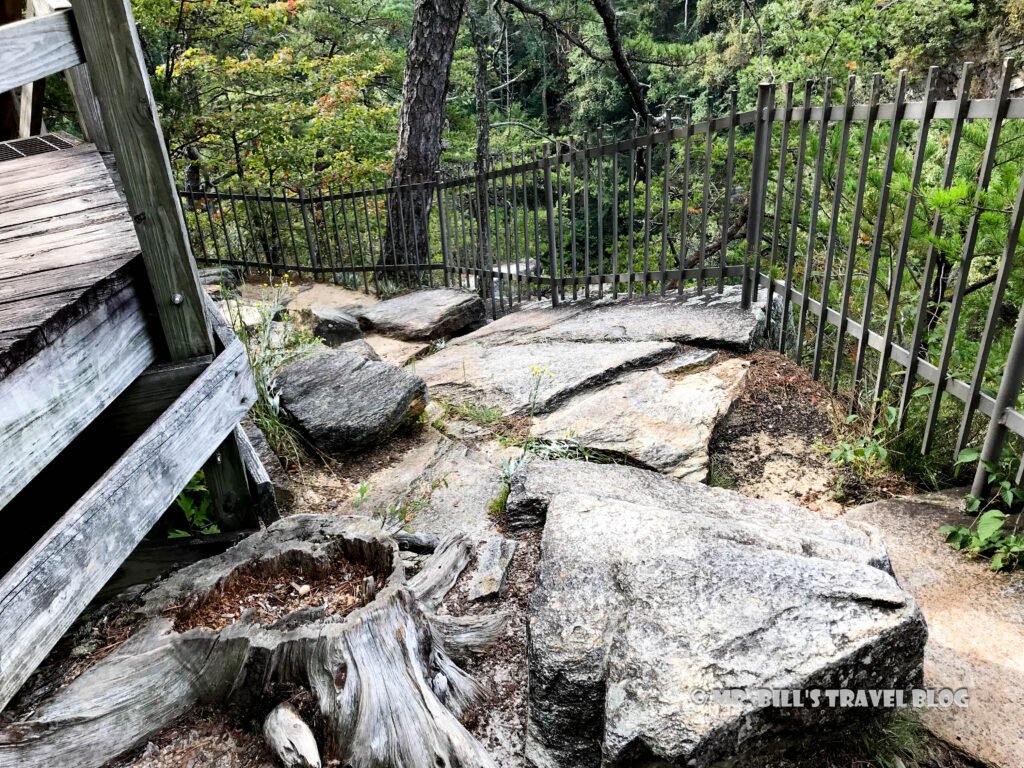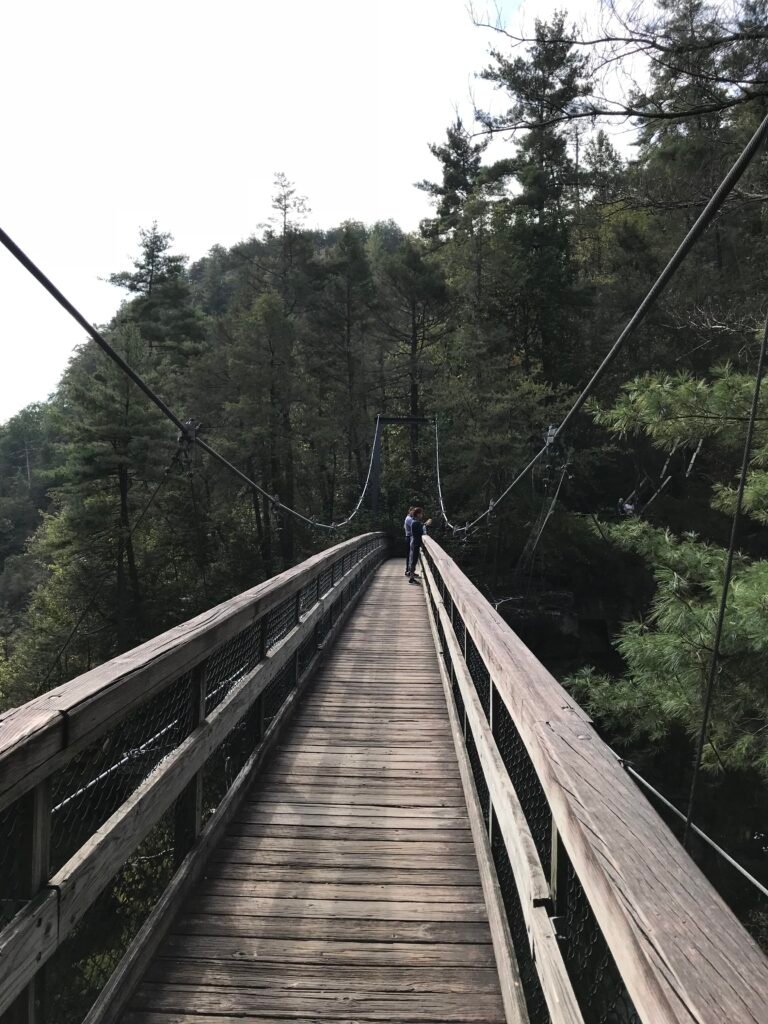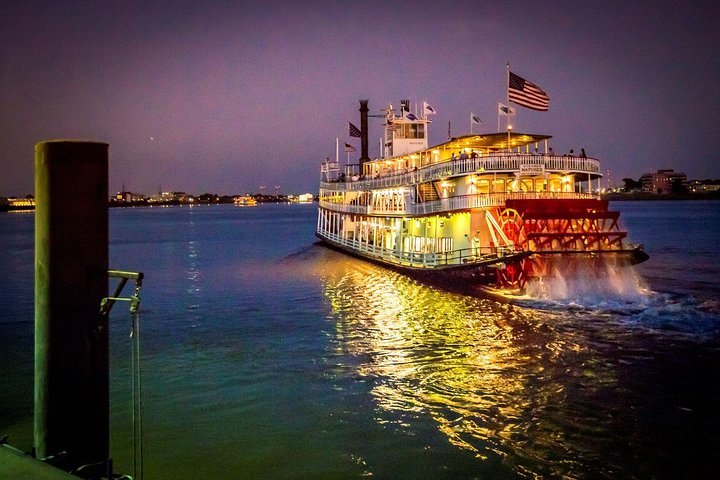Originally Posted on March 12, 2017, by Mr. Bill’s Travel Blog
One of the amazing discoveries we made on our trip to Ringling Museum | Circus Museum, was that these ornate wagons featured the hand carvings of the Ringling artist.
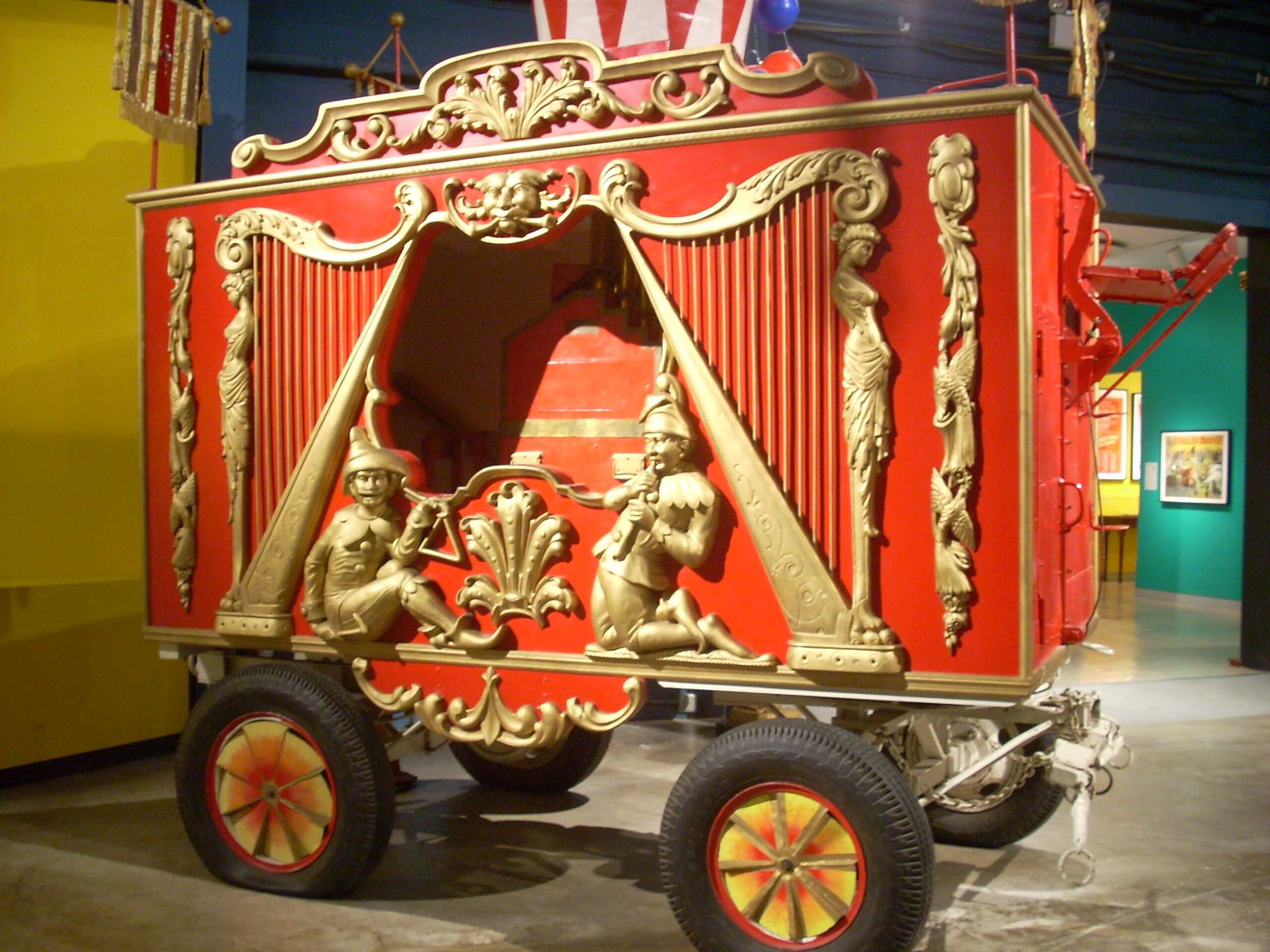

The Ringling Circus Museum: Our self-guided tour through the history of the Ringling Circus.
Our self-guided walking tour through the Ringling Circus Museum took us through the workshops where these stunning works of art were meticulously crafted. It felt a bit strange to witness the partially completed and unpainted pieces, as if we were peeking behind the curtain of the creative process. At the same time, it was truly awe-inspiring to see the artist’s vision come to life as they skillfully whittled away the block to reveal the beauty hidden within. This experience was further enhanced by the spectacular moment we encountered the finished works of art, allowing us to appreciate the entire journey from the raw beginnings to the final masterful creations. It was a captivating blend of sensations, leaving us with a deeper understanding of the artistry involved in each piece.
The Ringling Circus Museim: The Creation of the Ringling Circus Wagons
One of the most fascinating aspects of the Ringling Circus was the artistry and craftsmanship that went into creating the iconic circus wagons. These wagons weren’t just functional; they were mobile masterpieces, designed to captivate crowds even before the show began.
The creation of these circus wagons involved highly skilled craftsmen—carpenters, blacksmiths, painters, and metalworkers—each contributing their expertise to transform wood and metal into vibrant, rolling stages. Carpenters would meticulously carve intricate designs into the wood, adding detailed figures and ornamental flourishes that made each wagon unique. Blacksmiths shaped iron and steel to create sturdy, yet elegant, hardware, ensuring that these wagons were as durable as they were beautiful.
Painters, often considered the artists of the group, brought the wagons to life with bright colors and bold imagery. Their work was meant to capture the excitement and mystery of the circus, using gold leaf, vibrant hues, and carefully detailed illustrations of performers, exotic animals, and circus acts. These painted scenes would often tell a story, inviting onlookers to imagine the wonders awaiting them inside the big top.
The craftsmanship behind the wagons wasn’t just for show—it was also a testament to the dedication and pride these artisans had in their work. Each wagon was a symbol of the grandeur of the Ringling Circus, a traveling display of the creativity and skill that made the circus a spectacle like no other. Today, many of these wagons are preserved and showcased in museums, offering a glimpse into the hands-on artistry that helped define the golden era of the American circus.
The Ringling Circus Museum: The circus was a true testament to the spirit of self-sufficiency and resourcefulness.
The circus thrived on its own ingenuity and resourcefulness, a true testament to the spirit of self-sufficiency. In those times, the idea of outsourcing was unheard of; if something was needed, the circus family would create it from scratch. Challenges were merely stepping stones, and the resilience of the performers shone through in every act. Life within the circus was undeniably demanding, yet this struggle remained hidden from the audience. Instead, what you saw were the joyful faces of the clowns and the enchanting atmosphere that enveloped you, pulling you into a world of wonder. If you take a moment to close your eyes, you can almost hear the captivating melodies of the circus music, reviving the thrill and joy you felt as a child, even in the present day.
The Ringling Circus Museum: The circus was a self-sufficient city on Wheels.
It was a vibrant city on wheels or rail, complete with its own cooks, barbers, seamstresses, and skilled artisans, among others, reflecting the remarkable self-sufficiency of this unique community where everyone played a vital role, often juggling multiple jobs to keep things running smoothly. The spectacle you witnessed beneath the big top was merely a glimpse of a much larger operation; hidden from view was the intricate and well-coordinated system that powered the circus, showcasing the dedication and teamwork that contributed to its enduring success and enchantment.
If the opportunity poses itself, I would suggest you take the trip back in time and enjoy the wonders that await. You can find other photos from our visit in my previous post, Clowning Around in Sarasota Florida at The Ringling Circus Museum.
If you’re wondering whether the Circus Museum in Sarasota is handicap accessible, I’m happy to say it is!
The entire museum, along with the Ringling Estate, has been designed to accommodate visitors with mobility challenges. Ramps and elevators are available throughout the property, so getting around is easy and comfortable. Accessible parking is close to the entrance, and the pathways around the beautiful grounds are smooth and easy to navigate. Inside the museum, exhibits are set up to ensure that everyone, regardless of mobility, can enjoy the rich history and vibrant displays of circus memorabilia. So, if you or a loved one requires wheelchair access, rest assured you’ll be able to fully experience all the museum has to offer!
Let me share with you the most important thing I have discovered. Wherever you go, whatever you see, share it with others! Don’t be afraid to stop and smell the roses, to share a smile with a stranger, a meal with friends, and build memories together that will last a lifetime!
The Ringling Circus Museum
Hours
Open Daily, 10:00 AM-5:00 PM
Thursdays 5-8:00 PM, enjoy discounted admission to the Museum of Art and the Bayfront Gardens only.
Closed Thanksgiving,
Christmas, & New Year’s Day
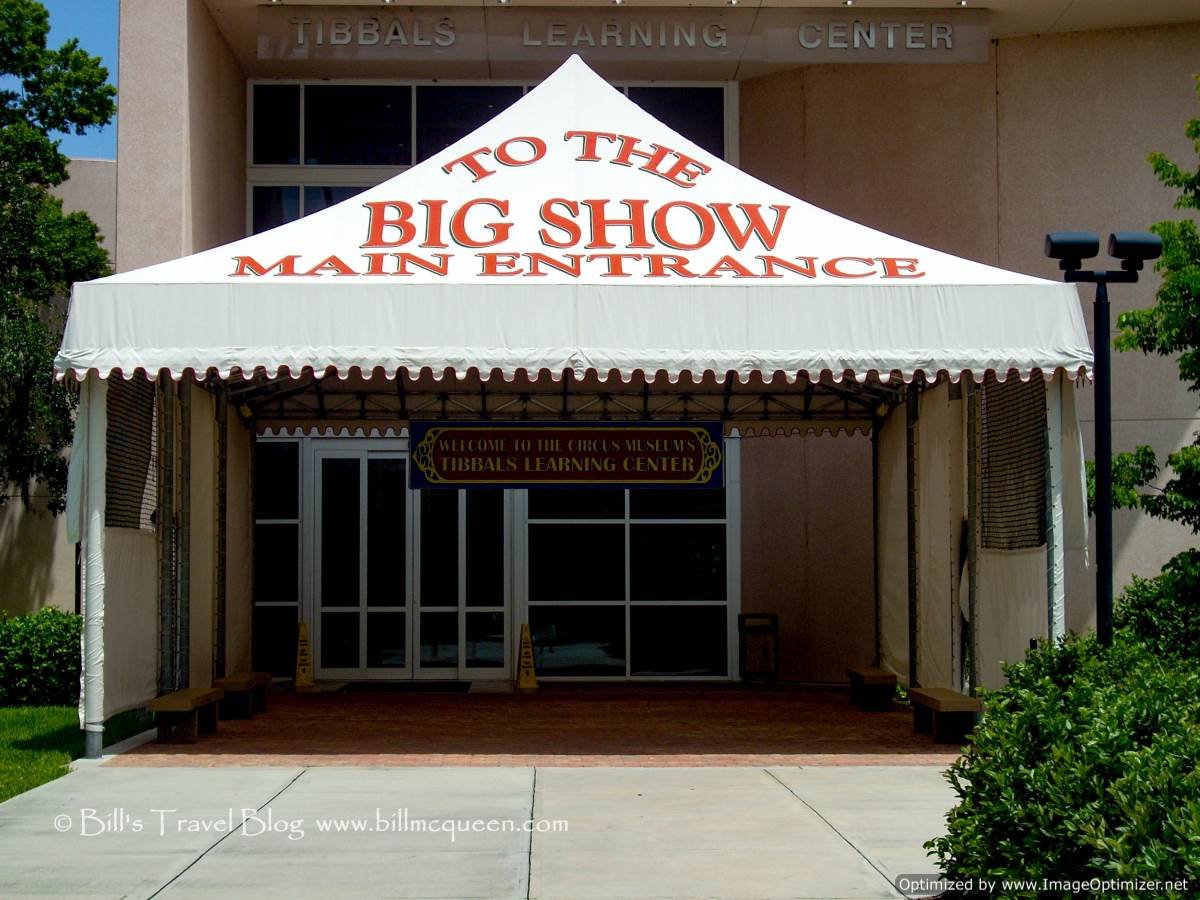
All photographs in this post were taken by the author, Bill McQueen, amateur photographer, food enthusiast, and sometimes traveler

